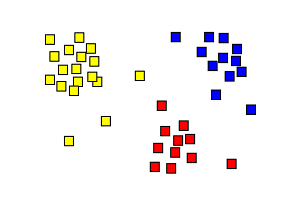Sampling >
A sampling unit is the building block of a data set; an individual member of the population, a cluster of members, or some other predefined unit. It must be concretely defined as part of the groundwork for any statistical research or study. Typically, it is the minimum unit of observation that possesses the properties being studied. A lot depends on who your target group is and what data you have about the population. For example:
- In surveys and market research, the units might be households or targeted individuals (e.g. children under 18, adults over 60).
- In quality analysis, the unit might be a single production unit—i.e., a single food processor in factory that made these, or a single loaf of bread in a bakery.

The type of sampling you use will also define your unit. For example, in cluster sampling the cluster is the unit; in stratified sampling, the units are elements within each strata.
Why is Defining a Sampling Unit Important?
One of the fundamental reasons statistics exists in the first place is to compare different sets of data (for example, to see which is “best”). Loosely defined units make it impossible to make comparisons. For example, relative precision is the ratio of the error variances of two different sample designs which have the same sampling unit and sample size. If the units weren’t defined well, or defined with a small error, the ratio would be meaningless.
References
Daniel, J. (2011). Sampling Essentials: Practical Guidelines for Making Sampling Choices. SAGE.
London School of Hygiene and Tropical Medicine. The use of epidemiological tools in conflict-affected populations: open-access educational resources for policy-makers. Retrieved March 2, 2019 from: http://conflict.lshtm.ac.uk/page_30.htm